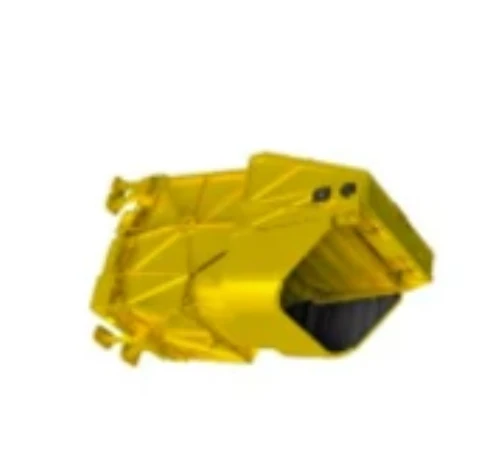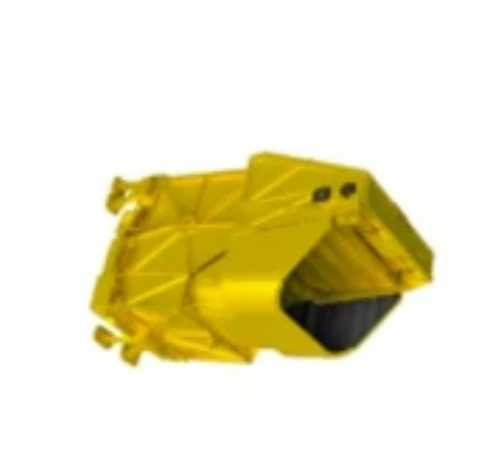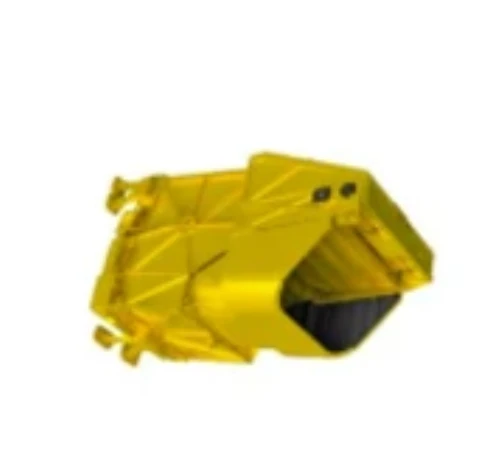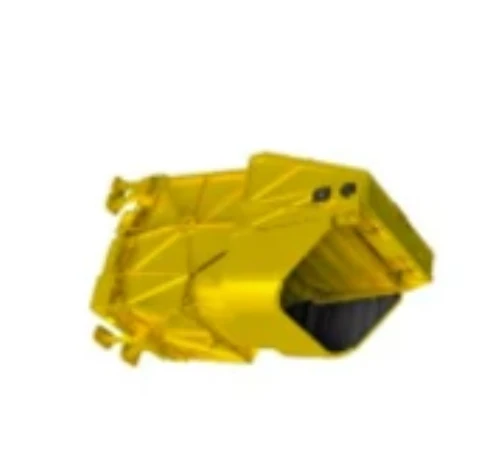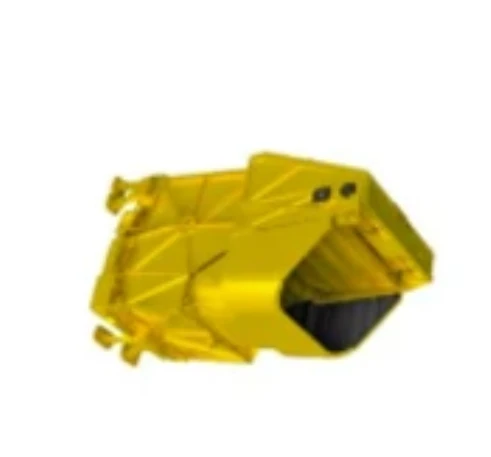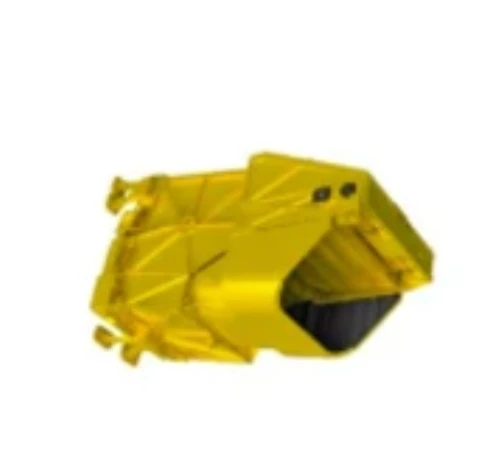
- Afrikaans
- Albanian
- Amharic
- Arabic
- Armenian
- Azerbaijani
- Basque
- Belarusian
- Bengali
- Bosnian
- Bulgarian
- Catalan
- Cebuano
- China
- Corsican
- Croatian
- Czech
- Danish
- Dutch
- English
- Esperanto
- Estonian
- Finnish
- French
- Frisian
- Galician
- Georgian
- German
- Greek
- Gujarati
- Haitian Creole
- hausa
- hawaiian
- Hebrew
- Hindi
- Miao
- Hungarian
- Icelandic
- igbo
- Indonesian
- irish
- Italian
- Japanese
- Javanese
- Kannada
- kazakh
- Khmer
- Rwandese
- Korean
- Kurdish
- Kyrgyz
- Lao
- Latin
- Latvian
- Lithuanian
- Luxembourgish
- Macedonian
- Malgashi
- Malay
- Malayalam
- Maltese
- Maori
- Marathi
- Mongolian
- Myanmar
- Nepali
- Norwegian
- Norwegian
- Occitan
- Pashto
- Persian
- Polish
- Portuguese
- Punjabi
- Romanian
- Russian
- Samoan
- Scottish Gaelic
- Serbian
- Sesotho
- Shona
- Sindhi
- Sinhala
- Slovak
- Slovenian
- Somali
- Spanish
- Sundanese
- Swahili
- Swedish
- Tagalog
- Tajik
- Tamil
- Tatar
- Telugu
- Thai
- Turkish
- Turkmen
- Ukrainian
- Urdu
- Uighur
- Uzbek
- Vietnamese
- Welsh
- Bantu
- Yiddish
- Yoruba
- Zulu
Expanding Horizons with Multispectral Camera Technology
The adoption of multispectral cameras continues to grow rapidly as industries recognize their value in providing detailed spectral data beyond the capabilities of standard imaging devices. Whether you are considering a multispectral imaging camera for agricultural monitoring or a multispectrum infrared combination camera for environmental surveillance, these tools offer unparalleled insight.

Diverse Applications of Multispectral Cameras
A major application area for the multispectral camera is precision agriculture. By capturing data across different wavelengths using specialized multispectral lenses, farmers can assess crop health, detect diseases early, and optimize irrigation. The ability to visualize the infrared spectrum alongside visible light via a multispectrum infrared combination camera provides additional data such as plant water content and soil moisture levels.
Environmental monitoring is another field where multispectral cameras excel. They assist in tracking deforestation, monitoring water quality, and detecting pollution. The integration of a multispectral visible imaging camera enables detailed analysis of ecosystems and land use changes over time.
Benefits of Low Cost Multispectral Cameras
The rise of low cost multispectral cameras has significantly lowered the entry barrier for institutions and smaller enterprises to adopt this technology. These cameras maintain good spectral fidelity and resolution while being more affordable and easier to deploy. They are ideal for educational purposes, pilot research projects, and small-scale farming operations.
While lower in cost, many of these models retain key features that enable effective data collection, including multi-band spectral imaging and user-friendly software interfaces.
How to Select the Right Multispectral Camera
When deciding to buy a multispectral camera, it is important to consider factors such as spectral band coverage, resolution, portability, and compatibility with data processing tools. For applications requiring thermal and near-infrared data, the multispectrum infrared combination camera is often the best choice.
For projects focused on visible light differentiation, the multispectral visible imaging camera may suffice. Balancing budget constraints with feature requirements is key, especially when evaluating low cost multispectral cameras versus higher-end models.
In conclusion, multispectral cameras—ranging from budget-friendly low cost multispectral cameras to advanced multispectrum infrared combination cameras—are transforming imaging applications across agriculture, environmental science, and beyond. Equipped with precise multispectral lenses, these cameras unlock detailed insights that drive better decision-making.






